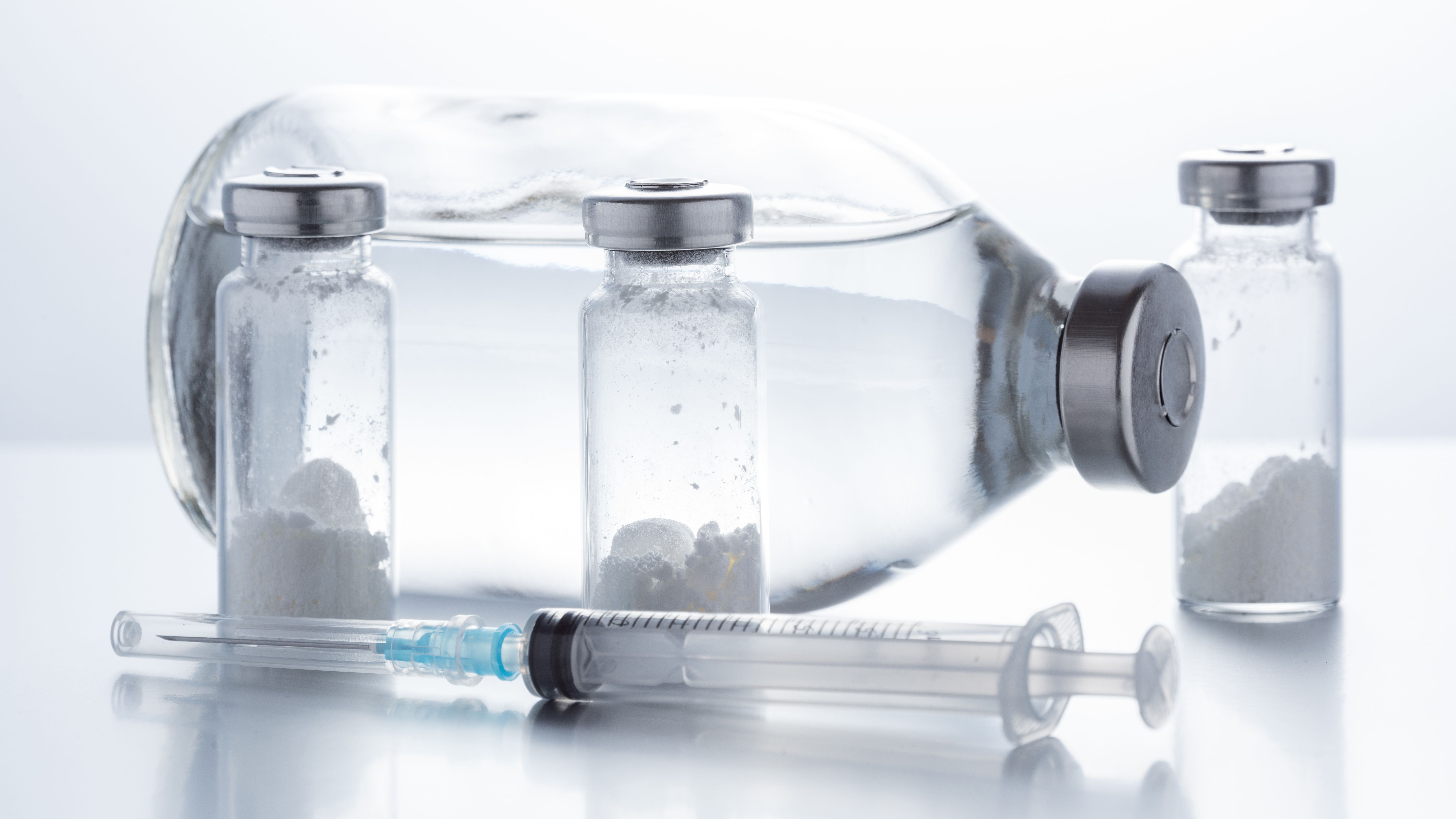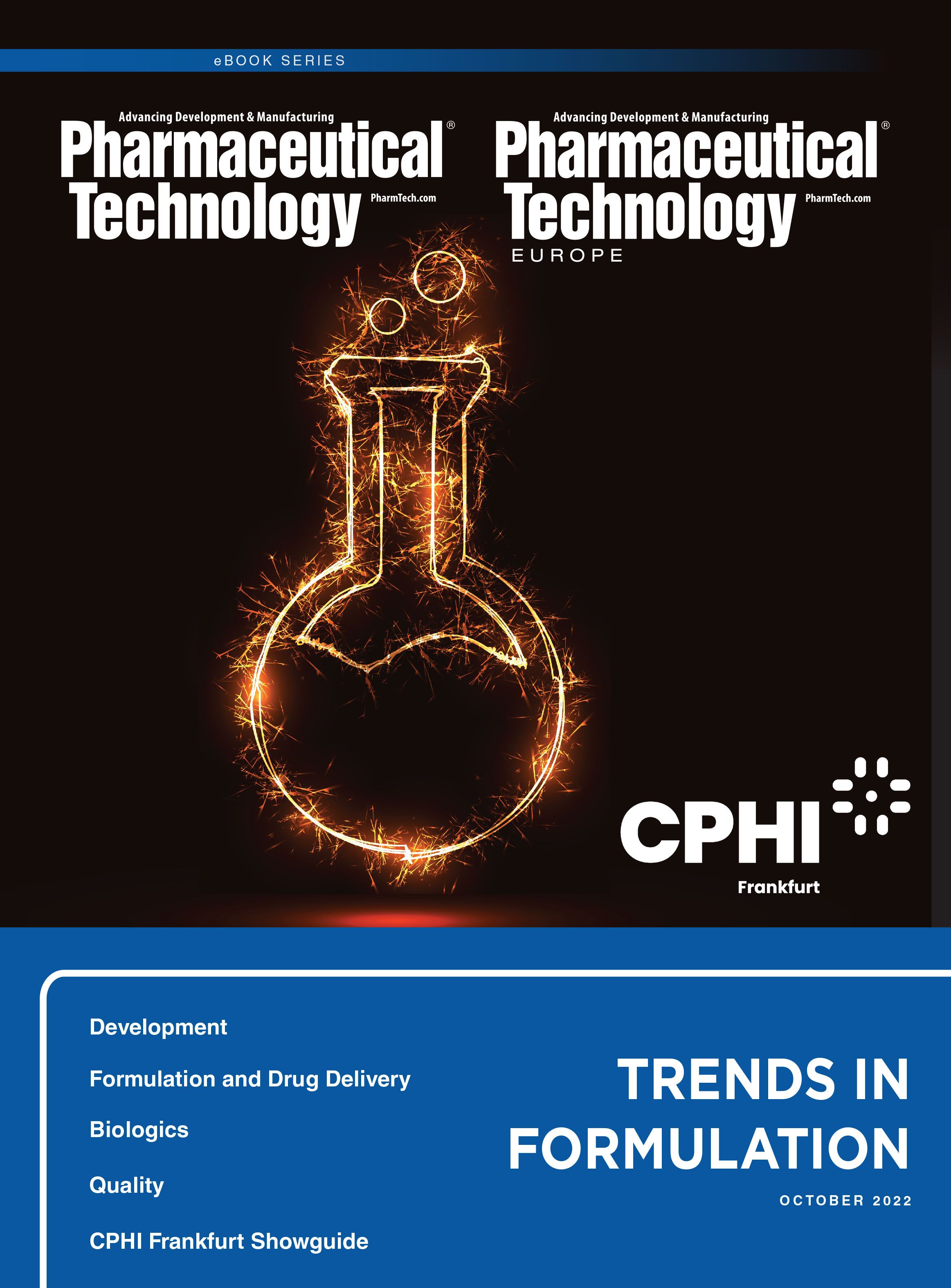Pharmaceutical Technology's Trends in Formulation 2022 eBook
Read the article:
Improved Formulations to Enable Stable Delivery of Biologics
Read the eBook:
Pharmaceutical Technology's Trends in Formulation 2022 eBook
How dry powder techniques can overcome limitations in biologics development and delivery to broaden routes of administration and global accessibility.
AdobeStock_252077599_Mr.Ilkin

There is a growing demand for biologics spurred by clinical success, favorable safety data, and the ability of biologics to target the underlying cause of disease. Progress in proteins, peptides, nucleic acids, vaccines, and monoclonal antibodies (mAbs) has allowed biologics to advance quickly, especially in recent years. According to an article in Molecules, 25% of new chemical entities approved by FDA between 2015 and 2019 were biologics (1). Perhaps the most striking recent example of the demand for biologics is the rapid scale-up and application of messenger RNA (mRNA) vaccines to treat COVID-19. Though progress has been swift, challenges have created barriers to global adoption due to complications related to formulation, thermostability, and drug delivery.
Read the article:
Improved Formulations to Enable Stable Delivery of Biologics
Read the eBook:
Pharmaceutical Technology's Trends in Formulation 2022 eBook
Biologics originate from living organisms, have large molecular weights, and generally cannot be chemically synthesized. This means they are vulnerable to the environment and require extreme care to formulate, manufacture, and store (2). As biologics are large molecules with primary, secondary, tertiary, and quaternary structures, they are also sensitive and expensive to produce (3). While biologics are conventionally delivered intravenously in liquid form, liquid formulations exhibit chemical and physical stability problems. Conversely, biologics formulated as a dry powder are more stable and are less prone to degradation, but drug manufacturers must consider shelf stability as well as which excipients and formulation conditions will enable a longer shelf life. Additionally, the chemical and physical properties of the final product must be considered during formulation to fit the route of administration.
This article explores technological innovations that could overcome challenges in formulation and the delivery of biologics—especially for respiratory diseases where inhaled drug delivery offers a significant advantage—to address the need for scale-up of biologics to benefit a broad range of patients.
Robert O. Williams III, PhD, is the division head and professor of molecular pharmaceutics and drug delivery at The University of Texas at Austin, College of Pharmacy; the Johnson & Johnson centennial chair in pharmacy at the University of Texas at Austin, College of Pharmacy; editor-in-chief of the American Association of Pharmaceutical Scientists (AAPS) PharmSciTech scientific journal; and the technology inventor/special advisor, TFF Pharmaceuticals.
Pharmaceutical Technology
eBook: Trends in Formulation 2022
October 2022
Pages: 30–35
When referring to this article, please cite it as R. O. Williams III, "Improved Formulations to Enable Stable Delivery of Biologics," Pharmaceutical Technology's Trends in Formulation eBook (2022).

Drug Solutions Podcast: A Closer Look at mRNA in Oncology and Vaccines
April 30th 2024In this episode fo the Drug Solutions Podcast, etherna’s vice-president of Technology and Innovation, Stefaan De Koker, discusses the merits and challenges of using mRNA as the foundation for therapeutics in oncology as well as for vaccines.
Pharmaceutical Tariffs Are Imminent: How Industry is Bracing for Impact
April 16th 2025On April 14, 2025, the Trump Administration launched a national security-driven investigation into pharmaceuticals, a move that will likely result in tariffs being placed on pharmaceutical drugs, ingredients, and other components that are imported from outside of the United States.
Drug Solutions Podcast: Applying Appropriate Analytics to Drug Development
March 26th 2024In this episode of the Drug Solutions Podcast, Jan Bekker, Vice President of Business Development, Commercial and Technical Operations at BioCina, discusses the latest analytical tools and their applications in the drug development market.